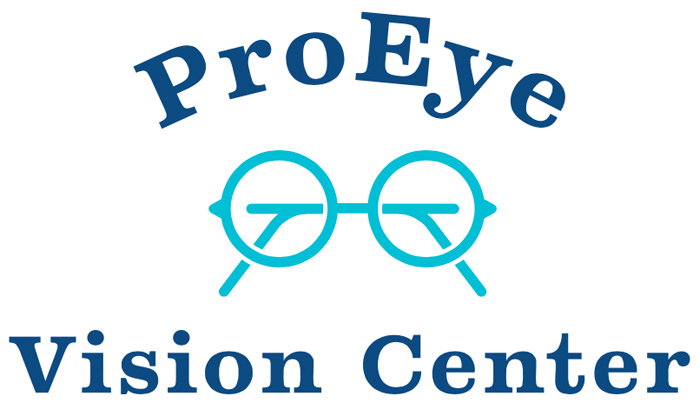Diagnosis and Management
Eye Diseases

Diagnosis and Management
Eye Diseases
The doctors at Louisiana Eye Care have the expertise to diagnose and manage a variety of eye diseases, including cataracts, diabetic eye disease, glaucoma, and macular degeneration.
One benefit of getting regular eye exams with qualified optometrists is to prevent damage from eye diseases, often before any symptoms are noticeable to you. If an eye disease is diagnosed, our doctors can monitor it and when necessary, refer you to qualified specialists.
Eye Disease Diagnosis and Management
During your comprehensive eye exam, we can identify early indicators of eye diseases, some of which have no obvious symptoms. When some of these eye diseases are identified early on, we may be able to advise on steps to slow the progression of the disease or control the disease through lifestyle changes.
Your comprehensive eye exam will include a series of tests which will enable us to diagnose eye diseases. We will also ask you about your family eye health history, as some eye diseases have a genetic component. Here is a list of common eye diseases which we can diagnose and manage or co-manage, depending on the situation.
Cataract
A cataract is a clouding of the normally clear lens of your eye. For people who have cataracts, seeing through cloudy lenses is a bit like looking through a frosty or fogged-up window. Clouded vision caused by cataracts can make it more difficult to read, drive a car, especially at night, or see the expression on a friend’s face.
The most common reason people develop cataracts is aging. Proteins and fibers in the lens break down and cause vision to become blurry and hazy. They can also be caused by previous eye surgeries, genetic disorders, diabetes, and long-term use of steroids.
Diabetic Retinopathy
Diabetic retinopathy is the leading cause of blindness in working-age adults. If you have been diagnosed with diabetes, you may be at risk of losing your vision since your body does not utilize sugar properly and, when the sugar levels rise, damage to the retinal blood vessels may occur. The longer you have diabetes, the greater the chances you will develop diabetic eye disease. People with non-insulin-dependent diabetes should see their eye doctor soon after being diagnosed with diabetes. Often-times, these people have had diabetes for a long time and never knew it.
Risk Factors for Diabetic Eye Disease
High blood pressure and poor control of blood sugar levels can increase your risk of blindness. Both are associated with the development and progression of diabetic retinopathy or cataracts. It’s always vital that you keep your diabetes in good control and follow your doctor’s advice in treating your high blood pressure.
People who are of Hispanic, African American, and Native-American descent are more likely to develop diabetes. African Americans are also five times more likely to develop glaucoma. Talk to family members and find out who in your family has diabetes and suffers from diabetic eye disease. At your next doctor’s appointment, share your family’s medical eye history.
Pregnant women with diabetes should see their eye doctor during their pregnancy due to an increased risk of developing diabetic retinopathy.
Glaucoma
Glaucoma is a group of eye disorders leading to progressive damage to the optic nerve and is characterized by loss of nerve tissue resulting in loss of vision.
The optic nerve is a bundle of about one million individual nerve fibers and transmits the visual signals from the eye to the brain. The most common form of glaucoma, primary open-angle glaucoma, is associated with an increase in the fluid pressure inside the eye. This increase in pressure may cause progressive damage to the optic nerve and loss of nerve fibers, and vision loss may result. Advanced glaucoma may even cause blindness.
Not everyone with high eye pressure will develop glaucoma, and many people with normal eye pressure will develop glaucoma. When the pressure inside an eye is too high for that optic nerve, whatever that pressure measurement may be, glaucoma will develop.
Macular Degeneration
Age-related macular degeneration is a chronic, progressive disease that affects the central field of vision and can lead to blindness. It is the leading cause of irreversible vision loss in adults over 60 and affects more than 10 million Americans. People who have macular degeneration have difficulty reading, watching television, driving, seeing people’s faces, and going about other common daily activities.
There are two types of age-related macular degeneration: dry and wet. The disease can progress slowly in some people and develop rapidly in others depending on the type of macular degeneration.
Dry AMD is the most common type of macular degeneration and happens as the macula gets thinner with age. During the early stage of dry AMD, there usually aren’t any obvious symptoms. As the disease progresses to the intermediate stage, mild symptoms may be experienced, such as mild blurriness in the central vision or trouble seeing in low light. When the disease progresses to late stage, people notice that lines appear wavy and see a dark spot in their central field of vision.
The dry form always precedes the wet. Vision loss in dry AMD is due to damage to the retina from drusen. These deposits of cellular waste, including proteins and lipids, slowly damage nearby cells and damage the cones in the center part of your vision.
Any stage of dry AMD can turn into wet AMD — but wet AMD is always late stage. It happens when abnormal blood vessels grow in the back of the eye and damage the macula. Vision loss occurs rapidly in wet AMD.

